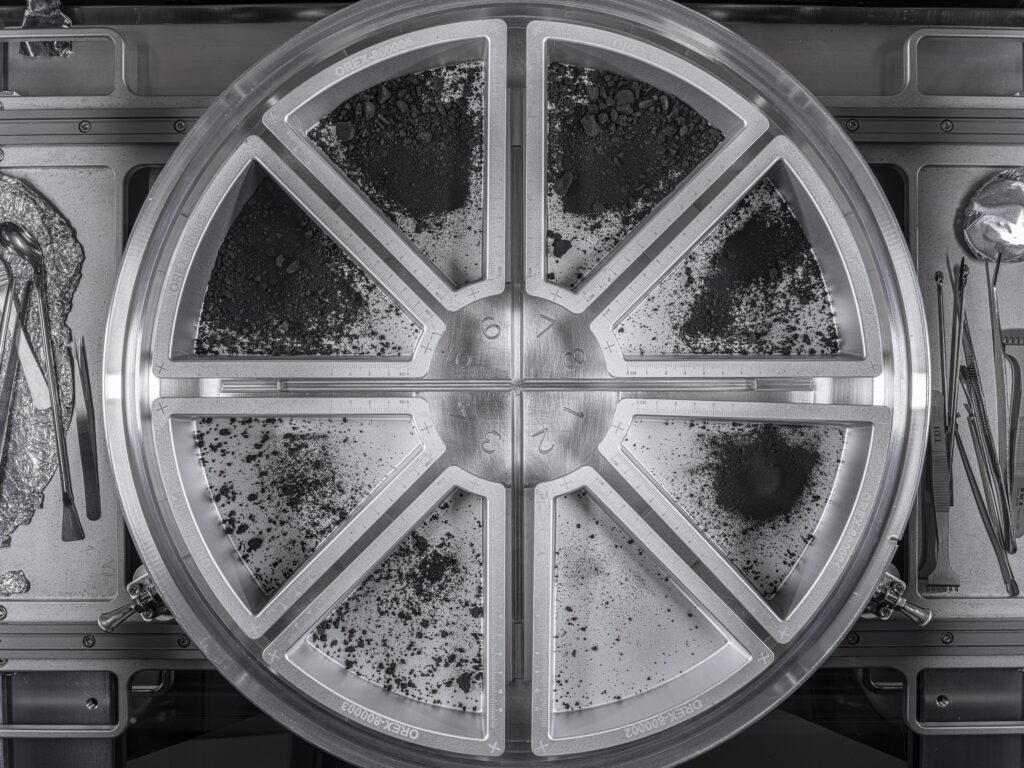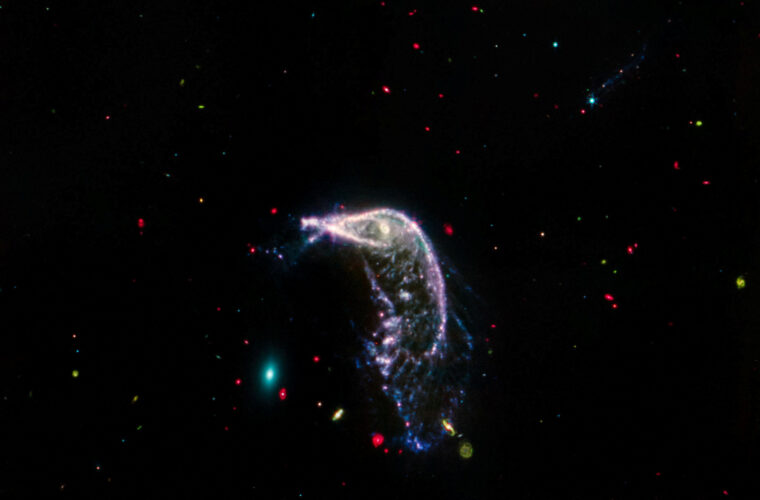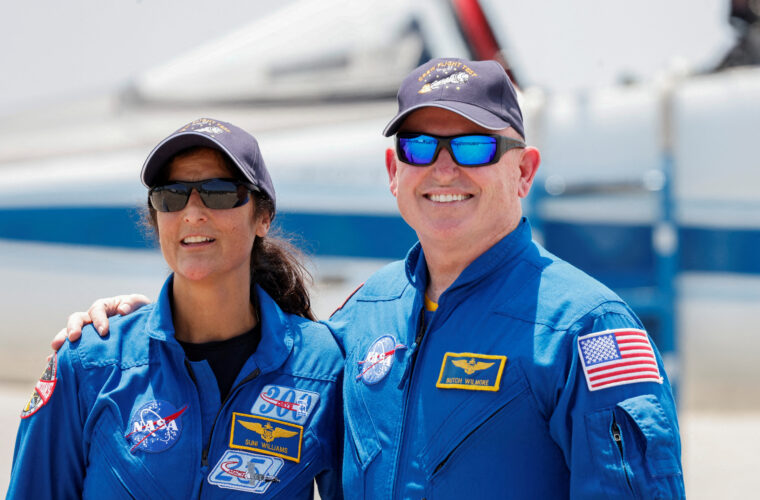NASA’s OSIRIS-REx spaceship returned to Earth on September 24, 2023, proudly carrying a record-breaking haul of 4.29 ounces (121.6 grams) of material from asteroid Bennu. This historic feat not only sets a new benchmark as the largest asteroid sample ever retrieved in space but also exceeds the mission’s initial target by more than double, as announced by NASA.
The mission’s objective was to gather a minimum of 60 grams of material to fulfil its scientific goals, a milestone achieved even before fully opening the Touch-and-Go Sample Acquisition Mechanism (TAGSAM) head. By October 2023, experts from NASA’s Johnson Space Center in Houston, part of the Astromaterials Research and Exploration Science (ARES) division, skillfully recovered tiny rocks and dust from both inside the large canister housing the TAGSAM head and from within the TAGSAM head itself using its mylar flap, as detailed in NASA’s official blog.
Asteroid Bennu: precious samples
These precious samples, rich in black carbon, represent NASA’s first-ever collection from an asteroid and are now securely stored in a specialized curation laboratory at Johnson Space Center in Houston.
The retrieval process, completed three years after initially collecting the samples from Bennu, faced challenges. Despite encountering obstacles, such as rocks jamming the container’s lid during collection, causing some samples to drift away, the mission achieved remarkable success.
The spacecraft is en route to another asteroid, though this journey will only involve a flyby without the opportunity to collect additional samples.

“Our engineers and scientists have worked tirelessly behind the scenes for months to not only process the more than 70 grams of material we were able to access previously but also design, develop, and test new tools that allowed us to move past this hurdle,” said Eileen Stansbery, division chief for ARES (Astromaterials Research and Exploration Science) at Johnson. “The innovation and dedication of this team have been remarkable. We are all excited to see the remaining treasure OSIRIS-REx holds.”
“In addition to the design challenge of being limited to curation-approved materials to protect the scientific value of the asteroid sample, these new tools also needed to function within the tightly-confined space of the glovebox, limiting their height, weight, and potential arc movement,” said Dr. Nicole Lunning, OSIRIS-REx curator at Johnson. “The curation team showed impressive resilience and did incredible work to get these stubborn fasteners off the TAGSAM head so we can continue disassembly. We are overjoyed with the success.”
NASA’s OSIRIS Rex Mission
The OSIRIS-REx (Origins, Spectral Interpretation, Resource Identification, Security, Regolith Explorer) mission, a robotic spacecraft venture by NASA, was crafted to investigate and bring back a sample of the asteroid Bennu to Earth. Launched in September 2016, OSIRIS-REx reached Bennu’s vicinity in December 2018.
The mission holds several goals, including unravelling the mysteries surrounding the solar system’s beginnings, scrutinizing the composition of near-Earth asteroids like Bennu, and evaluating their potential resources.
Following the successful collection of the sample in October 2020, OSIRIS-REx embarked on its journey back to Earth, culminating in the delivery of the sample in September 2023. Scientists anticipate that the analysis of this sample will yield valuable insights into the early solar system and the processes that led to the formation of planets, including our own Earth.



